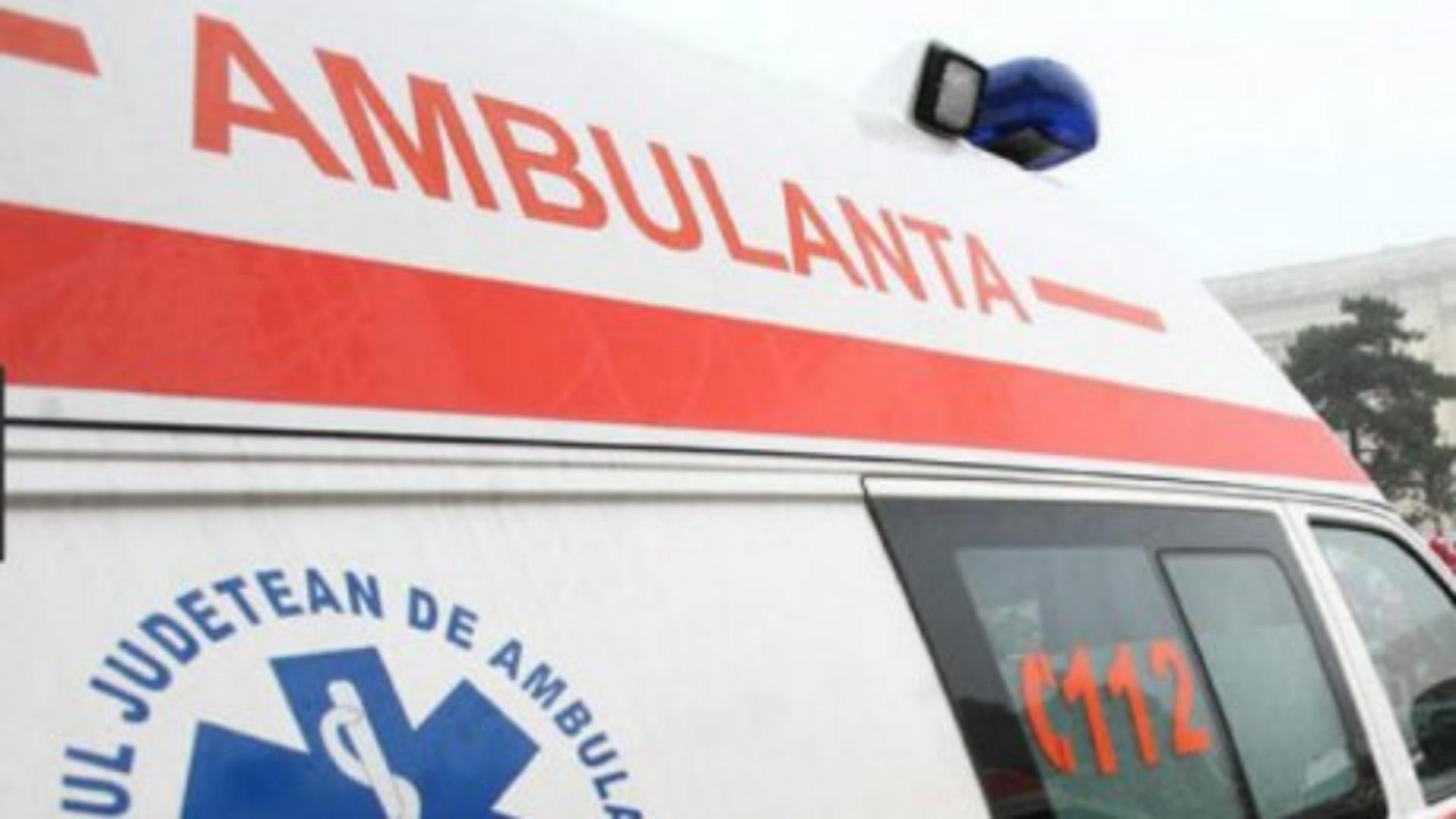Across the nation, museums such as the Field Museum in Chicago and the American Museum of Natural History in New York are temporarily closing halls or covering exhibits to ensure compliance with the Native American Graves Protection and Repatriation Act (NAGPRA). These actions may seem sudden but they are implementing a law that turns 34 this year. These museums and others like them are working to follow federal law and get on the right side of history.
In the United States, Indigenous human remains and burial sites have been disrespected and dishonored for centuries. According to The Journal of the Plantation at Plymouth, just days after landing at Plymouth Rock in 1620, pilgrims disturbed Indian graves, taking “the prettiest things away.” Over the 400 years since, archaeologists, museums, education institutions and federal agencies have disturbed burial grounds and battle or massacre sites, and removed over 200,000 Native American and Native Hawaiian human remains and millions of funerary items for display, curation or to study in the name of science.
To help put a stop to these practices and give Indigenous communities a greater role in repatriation, Congress enacted the bipartisan NAGPRA in 1990. The law requires museums and federal agencies to identify Native human remains, funerary items, and objects of cultural significance in their collections and collaborate with tribes and native Hawaiian organizations to repatriate and return them.
This law has been in place for decades, yet too many institutions have failed to take the necessary steps to abide by it. One of the key deficiencies has been, the absence of meaningful engagement with tribes and the native Hawaiian community. As a result, Indigenous peoples have remained separated from their ancestors and cultural items.
Under President Joe Biden’s leadership, we have updated NAGPRA, implementing regulations through a new rule. The rule, published in December 2023 after years of nation-to-nation consultation and the opportunity for public comment and feedback, aligns the repatriation process with the intent of the original act to streamline requirements for museums and federal agencies, while recognizing the inherent rights of tribes and the native Hawaiian community to their ancestors and cultural items.
The new rule strengthens the authority and role of tribes and native Hawaiian organizations in the repatriation process. It fixes long-standing barriers to timely and successful disposition and repatriation by imposing new deadlines. The revisions also increase transparency and reporting of holdings and collections. Finally, the new rule requires free, prior and informed consent from the relevant Indigenous community before exhibition of, access to, or research on human remains or cultural items.
The histories of Indigenous communities are inextricable from the nation’s history, and must be told. But museums and other institutions must do this in consultation with Indigenous communities, as Congress mandated. Obtaining consent before exhibiting someone’s ancestors or cultural objects is not a radical idea — it is a legal and moral imperative. This will not always be a simple process, but the time has come to make greater progress.
Our new rule is even more timely as the Interior Department continues to implement Secretary Deb Haaland’s Federal Indian Boarding School Initiative. As part of this effort to help communities heal from the intergenerational trauma of these assimilationist policies, the department is working to identify burial sites at historical federal Indian boarding schools. Throughout this process, the department will work with Indigenous communities to respect their wishes for repatriation or protection of children’s remains that may be located on federal lands.
We are leading by example. The department is prioritizing the repatriation of native human remains from its own collection, and Biden’s FY25 budget proposal includes increased funding to support repatriation work with tribes and native Hawaiian organizations. Our hope is that museums, educational institutions, and sister federal agencies that have human remains and funerary items will honor Indigenous communities by fully committing their time, resources and staffing to this process as well.
NAGPRA has long been an essential tool for the safe return of ancestors and cultural objects to the communities from which they were stolen. These changes are an important part of laying the groundwork for the healing of the United States and providing the kind of accountability that Tribes have long asked for and deserve.
Shannon Estenoz is the assistant secretary for fish and wildlife and parks. Bryan Newland is the assistant secretary for Indian affairs.




